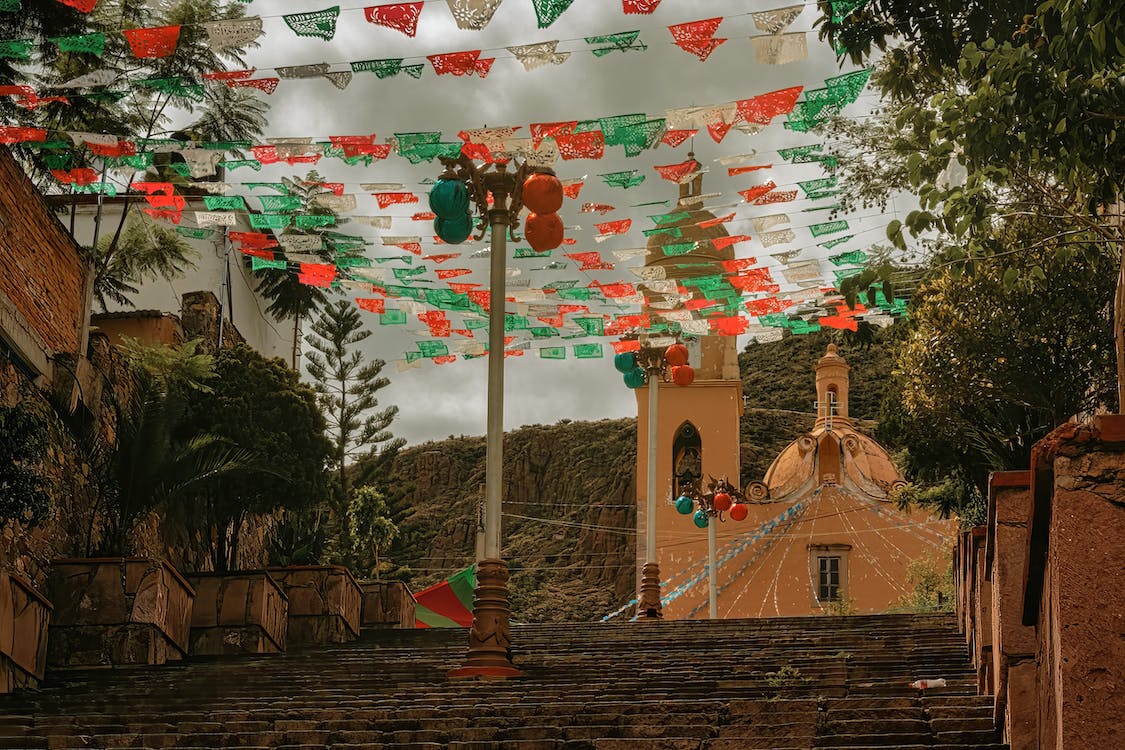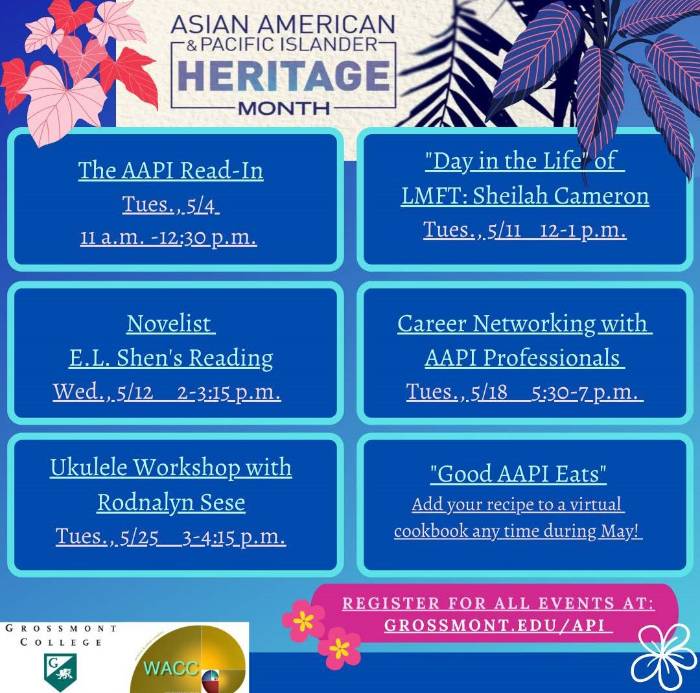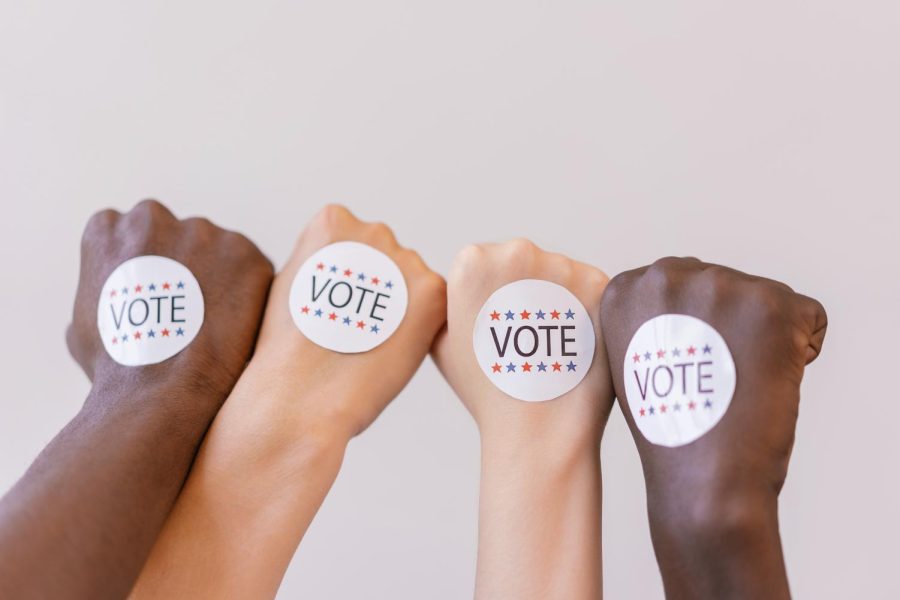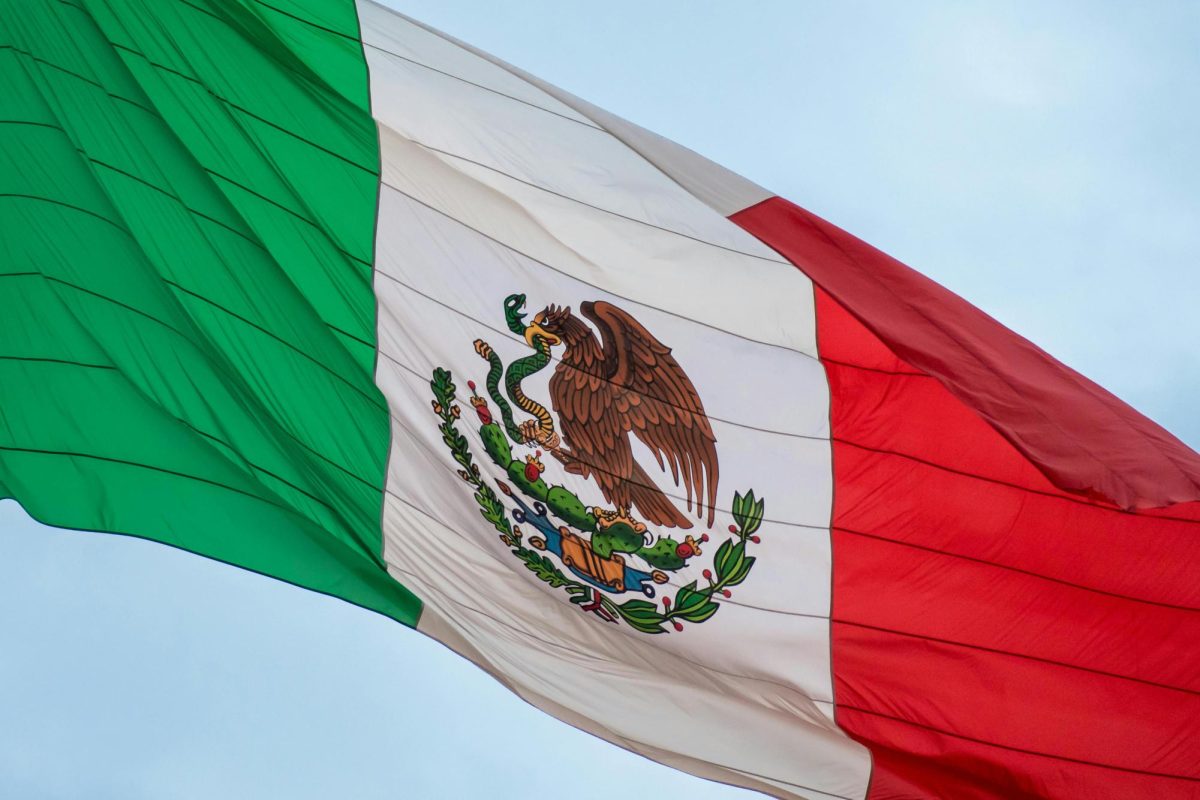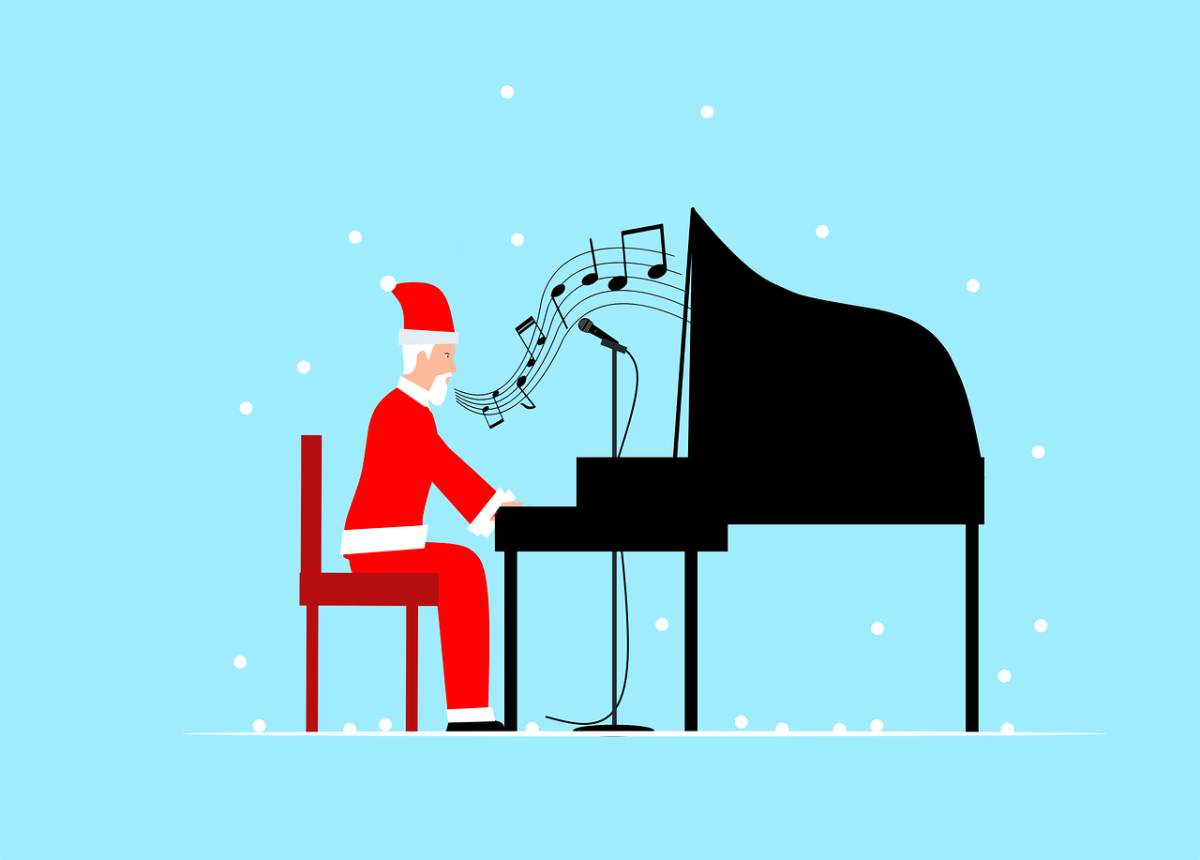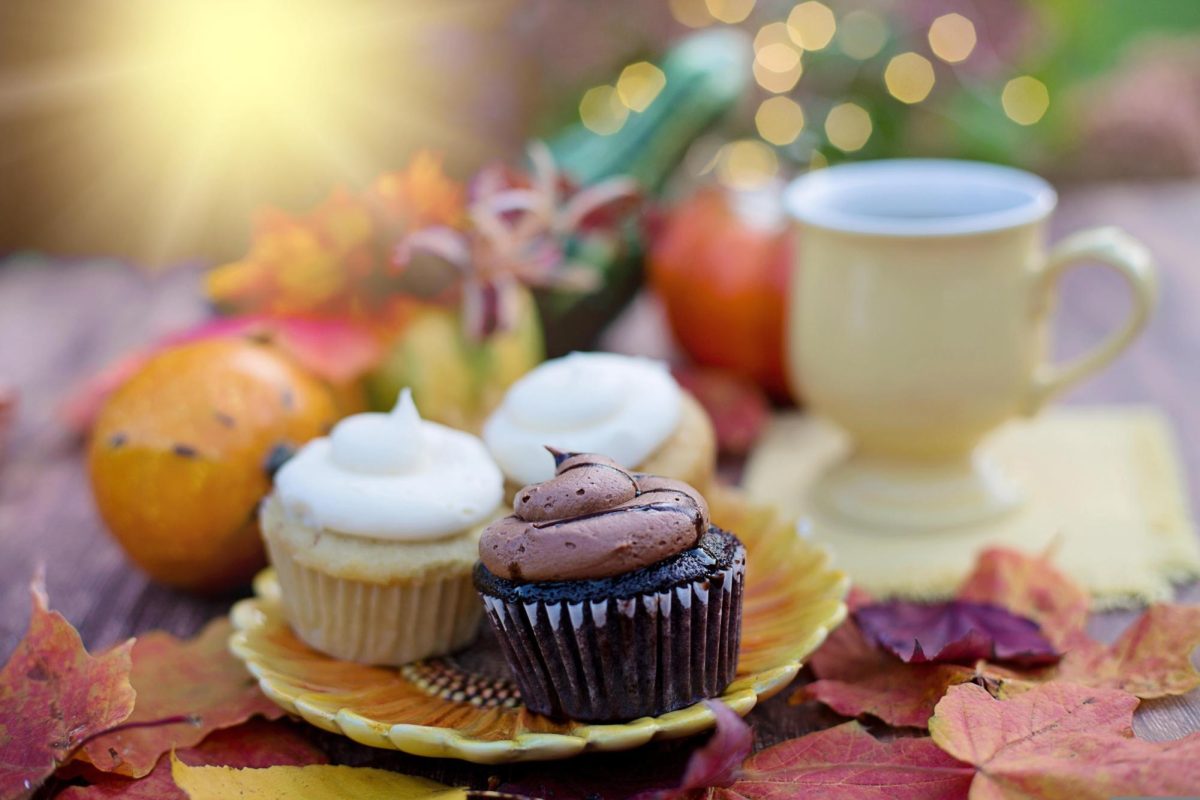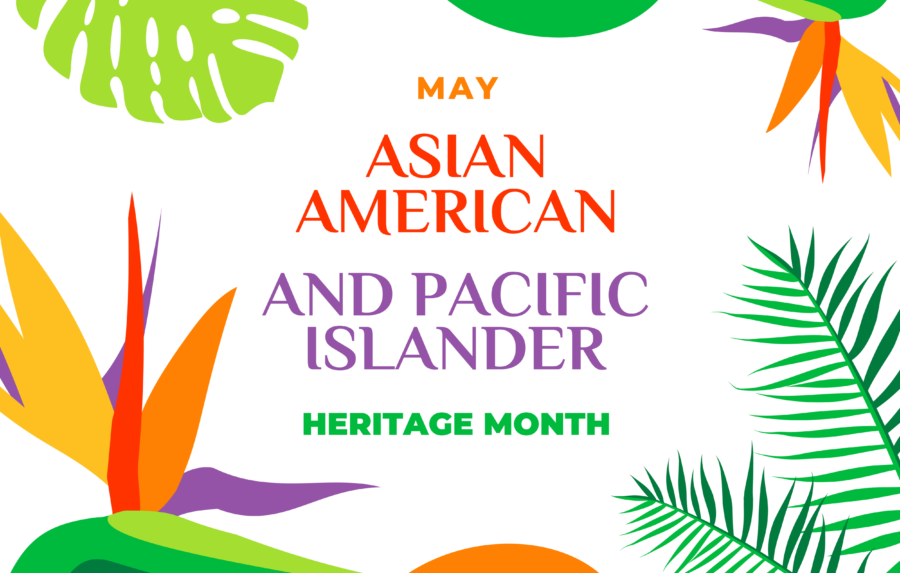The year is starting to come to an end, which means the holiday season is right around the corner. During the last couple of months of the year, the majority of America will be celebrating Thanksgiving, Christmas and New Year’s. All three of these holidays have a lot of history and culture behind them that some people might not know about.
Thanksgiving became a national holiday in 1863 when Abraham Lincoln declared the last Thursday of November as a day to promote unity and give thanks for any blessings you may have received that year.
Congress later declared the fourth Thursday in November a federal holiday in 1941, solidifying its place in American holiday culture.
However, before it became an official holiday, it is believed the first Thanksgiving celebration occurred in 1621, when the pilgrims and the Wampanoag people ate together to celebrate a successful harvest. What many people do not know is that many native tribes celebrated successful harvests every year before Europeans stepped foot in the Americas.
Throughout time, the culture of Thanksgiving has changed slightly with the incorporation of football replacing celebrating a successful harvest.
Carlo Gonzaba, a student at Grossmont, said: “My dad always makes a turkey for my whole family. Then we go to my tia’s house to watch the Dallas Cowboys play on TV and spend time with family and eat good food.”
Thanksgiving is a very old American tradition that has always included spending time with loved ones and enjoying good food.
Christmas is a religious holiday celebrated throughout the world, and it has a history that dates back to 336 AD.
Christmas celebrates the birth of Jesus Christ, but in the Bible, it never says the day Jesus Christ was born. During the Roman Empire, the Roman Church picked the date Dec. 25 to compete with other holidays and try and get people to convert to Christianity.
Over the years, Christmas started to gain its yearly traditions many of which were from other Roman holidays that got mixed into Christmas.
For example, giving gifts to one another is one of the main traditions of Christmas today, but it was not originally a Christmas tradition. It was from the Saturnalia (Roman holiday) tradition and many people brought that tradition over to Christmas.
When looking at the state of Christmas today, it is undoubtedly one of the most celebrated holidays of the year. It has many traditions that include Christmas trees, carols and lights shining on top of houses. There are even people who are not religious who still put Christmas trees in their house and listen to Christmas music, which shows the evolution Christmas has had throughout its lifetime.
New Year’s celebrations have been going on since the beginning of time. The first celebration of the New Year dates back to around 2000 BCE in Mesopotamia and was celebrated during early March.
The switch from March to January began first in the Roman Julian calendar, but many people still celebrated during March. It wasn’t until 1582, when the Gregorian calendar became standardized and the majority of the people used it, that the new year was celebrated on the first of January.
Today most traditions consist of fireworks, parties and the countdown to the New Year’s Day. Fouad Sabeeh, a Grossmont alumni, said, “I go over to family’s house for a get-together and watch the New York countdown.”
New Year’s Eve is a time for rejoicing, no matter how you celebrate going into the new year.




